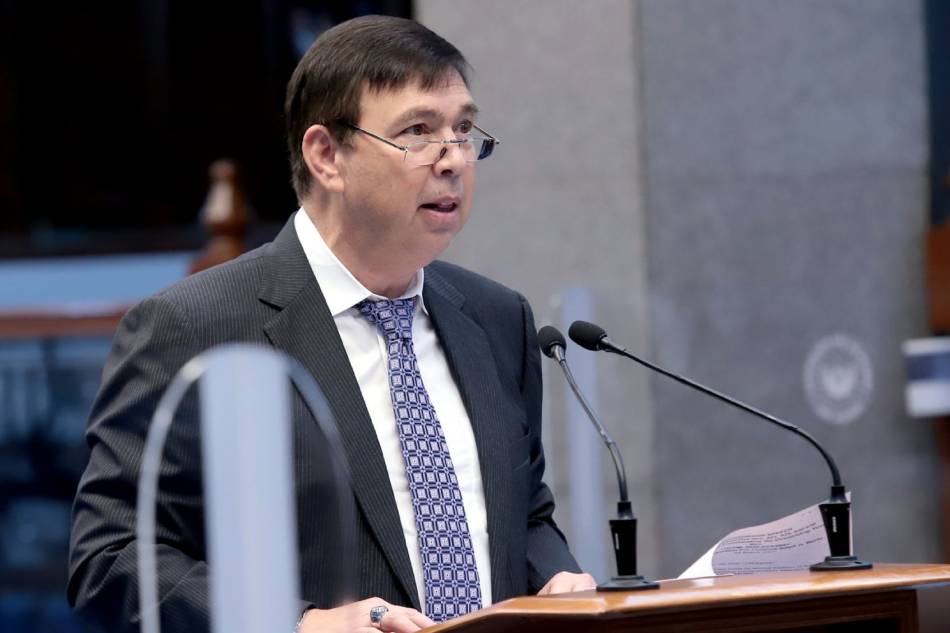by Leira Mananzan, Reporter
A sweeping new law is poised to reshape the Philippine financial landscape — and the way millions of Filipinos are saving and investing. Republic Act No. 12214, more formally known as the Capital Markets Efficiency Promotion Act (CMEPA), has recently taken effect, ushering in a standardized 20 per cent withholding tax on all interest income from bank deposits and other passive income — a move already sparking debate across households, banking circles, and the broader fintech sector.

Understanding the shift: Why is savings tax in the headlines?
Policymakers and government economic managers say the reform is long overdue and will make the capital markets fairer, more efficient, and more attractive for investment.
But for ordinary Filipinos, concerns loom large: Will this “savings tax” eat into their hard-earned money? Or does the new law promise long-term gains for individuals and the local economy alike?
Key provisions of RA 12214: What changed?

The essence of RA 12214 is the creation of a uniform 20 per cent tax rate on all interest earned from peso-denominated deposit products — from regular savings accounts and time deposits to once-exempt long-term deposit instruments.
The law, championed by Finance Secretary Ralph G. Recto and signed into law as part of the government’s broader reform agenda, removes longstanding tax exemptions, especially those that favored long-term deposit instruments with tenors of five years or more. The rationale? By standardizing the way passive income is taxed, policymakers hope to end decades of “tax arbitrage” in financial services and broaden participation in capital markets.
Key changes under RA 12214/CMEPA include:
- A single 20% withholding tax on all deposit interest
- Removal of exemptions for long-term savings deposits
- Lowered stock transaction tax (from 0.6% to 0.1%)
- Reductions in documentary stamp taxes for certain original issues
All these reforms are designed to streamline tax collection, encourage participation in legitimate investment vehicles, and aid in the government’s post-pandemic fiscal recovery efforts.
Projected impact: Fiscal health and public investment

Based on Department of Finance estimates, this harmonized savings tax is projected to generate over ₱25 billion in additional government revenue by 2030 — funds that will be channeled toward infrastructure, healthcare, education, agriculture, and other priority sectors.
The windfall is also set to play a crucial role in the country’s accepted Medium-Term Fiscal Framework (MTFF), which targets a reduction of the fiscal deficit to about 3.8 per cent of GDP by 2028. By making capital channels cleaner and more accessible, the government expects more inclusive participation across economic classes.
Finance Secretary Ralph G. Recto hailed the law as a “major victory,” arguing that simplified and standardized tax treatment helps level the playing field and “brings capital market investments closer to the Filipino people”.
The additional revenue, Recto said, also ensures funding for essential public goods and services: “This is a major victory for the country, as inclusive access to investment opportunities and a broader, deeper financial system are vital pillars of long-term, inclusive growth,” he added.
How will the new tax affect Filipinos?

Ordinary depositors are arguably the first to feel the impact. Where bank clients with long-term deposit products previously enjoyed tax-free interest, those earnings will now be taxed at the same 20 per cent rate as regular savings, checking, or short-term time deposits. According to major banks, the shift takes immediate effect, with interest statements reflecting the new withholding structure.
Key implications for savers and investors:
- Lower after-tax returns: All interest income is now uniformly taxed, reducing net earnings versus pre-RA 12214 instruments, especially for those with long-term deposits.
- Investment rebalancing: With a level tax playing field, financial advisors expect more Filipinos to diversify into other investment vehicles, such as stocks, bonds, and unit investment trust funds (UITFs), seeking higher potential returns to offset the tax.
- Financial inclusion push: Proponents of the law argue that broader, more transparent capital markets — funded by the new tax regime — will ultimately empower more Filipinos to participate in non-bank investments, potentially raising overall financial literacy, access, and inter-generational wealth.
Industry, policy, and public reaction

The move has sparked mixed reactions from consumers and the financial sector. On social media, some Filipinos expressed frustration over the loss of incentives for disciplined, long-term saving, worrying it could discourage prudence. Others questioned whether the reform aids the average saver or tilts benefits further toward those already able to invest in stocks, bonds, or high-yield assets.
However, financial industry leaders and market analysts point to several positives:
- Reduced tax arbitrage: Uniform tax treatment means no more incentive for banks to aggressively market “tax-free” deposit promos over other capital products, encouraging genuine investment diversification.
- Modernization of the tax system: The reforms ends years of patchwork exemptions that complicated tax administration and sometimes created loopholes for high-net-worth individuals.
- Potential for greater economic dynamism: If the reform leads more savers to consider stocks, bonds, and other investments, capital markets could deepen, spurring broader borrowing and entrepreneurial activity.
As the law’s implementation ramps up, banks, fintech firms, and the Bangko Sentral ng Pilipinas will all be key in communicating changes and ensuring compliance.
Expert voices: What policymakers and analysts are saying
Finance Secretary Recto reaffirmed the government’s commitment to inclusive economic growth. “By making investment channels clearer, more affordable, and more accessible, especially for small investors, we open the door to greater financial inclusion for our people,” he said.
Special Assistant to the President for Investment and Economic Affairs Frederick D. Go noted that the law signals a commitment to building “deeper, more efficient capital markets” — a critical need as the country continues its digital and economic transformation.

Financial advisors recommend that savers review their current products and seek guidance on how to best reposition their portfolios under the new regime.
What should savers do next?
- Check with your bank: Confirm how your interest earnings will be taxed and whether your deposit products’ terms are changing.
- Explore alternatives: Ask about government bonds, equity funds, or UITFs, which may offer higher post-tax yields.
- Stay informed: Watch for updates from the Department of Finance and the Bangko Sentral ng Pilipinas on policy roll-outs and taxpayer assistance.
RA 12214 marks a bold step in streamlining tax policy and deepening capital markets in the Philippines, but success depends on clear communication and sustained efforts to ensure real benefits for small savers and the broader public. As with any significant reform, the law’s long-term legacy will rest on inclusive growth — the kind that empowers all Filipinos to build wealth, not just the few.








